Explore the UNESCO Site of Speicherstadt Warehouse District: A Captivating tour of Hamburg’s Historic Heart
Can you believe that Hamburg’s old warehouse district is one of the newest Unesco World Heritage sites and the first certified site for the German city? Well yes, when you consider that the Speicherstadt Warehouse District in Hamburg is the largest and one of the most historic ports in all of Europe. Hamburg’s waterfront is filled with magnificent and well-designed brick buildings with intricate masonry and architectural details, and most the warehouses have all been converted into modern commercial spaces.
Extensive canals run through most of the warehouses, giving them a romantic throwback to a bygone era. Imported goods from around the world would arrive from sailing vessels to be stored in these temporary warehouse before distribution to Europe. When I visited late in May, government officials had just completed an extensive application process for Unesco certification to the historic warehouse and waterfront along Hamburg’s harbor . The Unesco designation was granted as of this writing (July 2015).
Weather and best time to visit Hamburg
The best time to visit Hamburg, Germany, largely depends on your preferences, as the city offers a unique charm throughout the year.
Spring (March to May)
Spring is a delightful time to visit Hamburg when the city awakens from the winter chill. The weather starts to warm up, and parks and gardens bloom with colorful flowers. It’s a great season for exploring the city’s outdoor attractions and enjoying pleasant temperatures.
Summer (June to August)
Summer is the peak tourist season in Hamburg. The weather is warm and pleasant, making it ideal for outdoor activities, festivals, and enjoying the city’s many parks. However, it can get crowded, so be prepared for larger tourist crowds at popular attractions.
Autumn (September to November)
Early autumn is a fantastic time to visit Hamburg. The weather remains mild, and you can enjoy the changing colors of the city’s foliage. It’s a more relaxed time to explore without the summer crowds.
Winter (December to February)
If you don’t mind colder weather and possibly some rain, winter in Hamburg can be charming. The city’s Christmas markets are a highlight, offering a festive atmosphere with twinkling lights and seasonal treats. It’s also a quieter time for tourists to enjoy indoor attractions.
Pros and Cons
Summer brings the best weather, but it’s also the busiest and most expensive season. Spring and early autumn provide pleasant weather and fewer crowds. Winter offers a unique festive experience but can be chilly and wet.
In summary, the best time to visit Hamburg is subjective. If you prefer warm weather and don’t mind the crowds, summer is ideal. For a more tranquil experience with still-pleasant weather, consider spring or early autumn. Winter is best if you want to experience the city’s festive side and don’t mind the cold.
Touring the Speicherstadt Warehouse District
I arranged to have a guide from the local tourism office to give me a tour of the old warehouse district and busy waterfront area. Having a local guide is a nice way to way to learn all about the history and background of the warehouses, the significance of the port and how important this first UNESCO designation would be for Hamburg city. It’s interesting to know that even though over 50% of the buildings were destroyed during World War 2, the remaining buildings in the district have survived and retained many of their original features and details. The cohesive, old-world look of the entire district has attracted a variety of new commercial enterprises in design, internet, and technology. These new gallery spaces, office buildings and showrooms amply serve modern needs and commerce. There are also several warehouses that have been converted into museums: the International Maritime Museum, Miniatur Wunderland (miniature railroad), Afghan Museum and the Hamburg Dungeon.
Why visit the Speicherstadt Warehouse District
Visiting the Speicherstadt Warehouse District is a must for history buffs and architecture enthusiasts. This UNESCO World Heritage site in Hamburg, Germany, offers a glimpse into the city’s maritime past with its intricate network of red-brick warehouses, canals, and bridges. Explore the unique blend of neo-Gothic and neo-Renaissance styles, enjoy picturesque waterfront views, and delve into the rich history of trade and commerce that shaped this iconic district.
Whether you’re a photographer seeking captivating shots or a traveler in search of cultural experiences, Speicherstadt has something special to offer.
Free trade zone
Since its beginning in 1888, Hamburg’s port was created as a free trade zone for in transit goods. and subsequently developed into the largest known warehouse district in the world. This free trade designation placed Hamburg on the world map as an important trade partner for products shipped from all around the world into Europe. Hamburg’s historical success as a port city and warehouse district continues into modern times, due in part to the trade-free zones, which kept goods free of levy during storage while in transit.
Today, Hamburg remains one of the busiest ports in Europe. Its container cargo business is second only to Antwerp, which is Europe’s largest
Brick design details
While touring the district, I was actually surprised to find a lot of beautiful design aesthetic to the brick warehouses and other ornate façade details. Building owners took pride and status from impressive architecture and elegant details. On many buildings you will find detailed craftsmanship: embellishments using ironwork, masonry details and patterns, large windows and front entry portals. Many facades prominently display ceramic guild icons which represent Hamburg’s various trades.
Beautiful embellishments to the front entry of a warehouse building
Admire some fabulous architecture
The district’s stunning architecture, with its gabled roofs, ornate facades, and intricate details, creates a unique and picturesque backdrop for your explorations. Take a leisurely stroll along the canals, cross the picturesque bridges, and soak in the ambiance of this historic area. Don’t forget to capture the mesmerizing reflections of the buildings on the calm waters, a sight that adds to the district’s allure.
While the Speicherstadt Warehouse district is a popular tourist destination, it has managed to retain its authenticity and charm. The blend of historical significance and modern-day vitality makes it a truly special place to visit. Immerse yourself in the district’s vibrant atmosphere, browse through boutique shops, sample local delicacies, and engage with the local community to truly experience its essence.
The harbor city hall of Speicherstadt
The Harbor City Hall of Speicherstadt is a magnificent architectural gem nestled within the historic warehouse district of Hamburg. This remarkable building, with its intricate red brick façade and soaring clock tower, stands as a symbol of the city’s maritime heritage and economic significance.
The Harbor City Hall serves as a hub for administrative functions related to the port and harbor operations, while also showcasing impressive meeting spaces and exhibition areas. Its grandeur and elegance make it a captivating landmark that beautifully blends with the surrounding warehouse district, adding to the charm and allure of Speicherstadt.
Sample some local foods from Hamburg
Here are a few examples of traditional food restaurants around the Speicherstadt Warehouse district:
Fischereihafen Restaurant: Located nearby, this renowned seafood restaurant has been serving delectable fish and seafood dishes for over 40 years. From fresh catches of the day to traditional North German specialties like matjes herring and Labskaus, Fischereihafen Restaurant offers an authentic taste of the region’s maritime flavors.
Zum Spätzle: This cozy restaurant specializes in Swabian cuisine, bringing the flavors of southern Germany to Hamburg. Enjoy hearty dishes like Spätzle (soft egg noodles), Maultaschen (filled pasta pockets), and Sauerbraten (marinated pot roast) in a warm and welcoming atmosphere.
Old Commercial Room: A historic restaurant with a traditional ambiance, the Old Commercial Room offers classic German dishes prepared with local and seasonal ingredients. From schnitzels and sausages to regional specialties like Labskaus and Königsberger Klopse, this establishment delights guests with its authentic flavors.
Blockbräu: Situated within the district itself, Blockbräu is a popular brewery and restaurant that serves traditional German cuisine alongside their own crafted beers. Enjoy hearty dishes like pork knuckles, sausages, and sauerkraut while sipping on their freshly brewed beers, all in a lively atmosphere with views of the Elbe River.
Cruising the Elbe and Hamburg harbor
After my tour of the Speicherstadt Warehouse District, I spent the rest of the afternoon taking a nice cruise around the harbor. I love taking the local ferries including Hamburg’s ferries which have fast and regular service to all the many ports along the harbor area and waterfront communities. The weather was quite unruly with dark clouds threatening to create a downpour at any moment. But the threatening skies actually drew me out on deck to wait for magic moments. This ferry tour was probably my favorite part of the day. The interesting weather allowed me to capture the drama in a variety of compositions along the river route.
If you’re looking for an affordable way to explore and enjoy the scenic beauty of the Elbe River, taking a cheap ferry is a fantastic option. The Elbe River, with its picturesque landscapes and charming riverside towns, offers a delightful experience that won’t break the bank.
Several ferry services operate along the Elbe, providing an economical means of transportation while also allowing you to soak in the natural splendor of the surroundings. These ferries are often frequented by locals and tourists alike, offering a unique opportunity to mingle with the community and witness everyday life along the river.
PIcking a ferry line and costs
There are several ferry lines that operate on the Elbe River, offering different routes and services. Some of the well-known ferry lines on the Elbe include:
HVV Fähre: The HVV (Hamburger Verkehrsverbund) operates various ferry services in Hamburg, including those on the Elbe River. They provide transportation options for both pedestrians and cyclists, connecting different parts of the city along the river.
Weiße Flotte: The Weiße Flotte is a popular ferry operator in the Dresden area, offering scenic cruises and ferry services on the Elbe River. They provide transportation between various points along the river, allowing passengers to enjoy the beautiful landscapes and landmarks.
Elbe-Flotte: The Elbe-Flotte operates ferry services in Magdeburg, providing convenient transportation across the Elbe River. They offer regular crossings for both pedestrians and cyclists, connecting different parts of the city.
Sächsische Dampfschiffahrt: The Sächsische Dampfschiffahrt, also known as the Saxon Steamship Company, is famous for its historic paddle steamers that ply the Elbe River in Dresden and surrounding areas. They offer leisurely cruises and ferry services, allowing passengers to experience the charm and elegance of traditional steamship travel.
The cost of a ferry ride on the Elbe River can vary depending on the specific route, duration of the journey, and the ferry service provider. Generally, ferry fares on the Elbe are quite affordable, making it an accessible option for travelers on a budget. Prices can range from a few euros for short crossings or quick trips between nearby destinations to slightly higher fares for longer excursions that cover more distance along the river. It’s advisable to check with the local ferry operators or consult their websites for up-to-date information on fares and any available discounts.
Remember to check the ferry schedules in advance, as they may vary depending on the season and specific routes. Also, keep in mind that some ferries may offer additional services such as onboard cafes or commentary about the landmarks you pass along the way, enhancing your experience even further.
A view of the main Hamburg harbor and central district
As you embark on your cheap ferry journey, you’ll be treated to panoramic views of the riverbanks, rolling hills, and enchanting towns dotting the Elbe’s course. Whether you choose a short trip to a neighboring village or a longer excursion to explore multiple destinations, the affordable ferry fares make it accessible to all budget-conscious travelers.
Taking the local ferry service is a great way to be on the water and see these fantastic views from the river.
Hamburg’s mix of old and new
The eclectic mix of classical brick buildings and uber-modern architecture along the harbor and waterfront areas is compelling and vibrant. Hamburg’s city landmarks are best viewed from a vantage point on the water. The Dockland Office Building at Elbmeile makes a particularly dramatic statement
A fun stop at Ovelgonne
One of the highlights of a visit to Ovelgönne is exploring its lovely waterfront area. Take a leisurely stroll along the river promenade, where you can admire the scenic views, watch boats gently pass by, and perhaps catch a glimpse of the majestic Elbe ferries. The peaceful ambiance of the riverbank provides an ideal spot to sit back, relax, and enjoy a picnic or simply take in the tranquility of the surroundings.
Ovelgönne is also home to charming cafes and restaurants that offer delicious local cuisine and refreshing beverages. Treat yourself to a delightful meal or indulge in a cup of coffee while savoring the serene atmosphere of this enchanting village.
For history enthusiasts, a visit to the local museum in Ovelgönne is a must. Learn about the region’s rich heritage, delve into its cultural past, and gain insights into the lives of the locals through the fascinating exhibits and artifacts on display.
Return ferry back to Hamburg
I took a return ferry back to the main port and went out to the bow of the ship to take in the views of the city skyline. Below, the large tower of St. Michael’s church dominates the skyline. This church is a symbol of Hamburg, and is considered to be one of the finest Hanseatic Protestant baroque churches in Germany.
Arriving back at the main harbor area of Hamburg with the historic ship RICKMER RICKMERS, which has been converted into a living museum. I’m attracted to beautiful ships like this and the red, white and green trim really added a refined element to Hamburg’s harbor area. If you’re looking for more things to do in Hamburg, check out the link for more inspiration of what to see and do in the city.
Visit the Rickmer Rickmers
The Rickmer Rickmers is a historic sailing ship that has been transformed into a fascinating museum and maritime attraction in the city of Hamburg, Germany. This majestic vessel, built in 1896, showcases the rich maritime heritage of the region and offers visitors a unique opportunity to step back in time and explore life aboard a traditional sailing ship.
As you step on board the Rickmer Rickmers, you are greeted by the impressive sight of its towering masts, sturdy rigging, and elegant wooden decks. The ship’s exterior is a testament to the craftsmanship and beauty of 19th-century sailing vessels, capturing the imagination of visitors from near and far.
More inside tips to visiting Speicherstadt Warehouse district
While exploring the Speicherstadt Warehouse District in Hamburg, consider these inside tips to enhance your visit beyond the main attractions:
Coffee Break: Make a stop at one of the charming coffee shops or cafes in the district. Savor a cup of local coffee and enjoy the ambiance while watching the boats glide along the canals.
Miniature Wonderland: Right next to Speicherstadt, you’ll find Miniatur Wunderland, the world’s largest model railway exhibition. It’s a fantastic place to witness intricate model landscapes, including scenes from various countries.
Spice Museum: Visit the Spice Museum (Gewürzmuseum) to learn about the history of spices and their role in trade. It’s a small but fascinating museum worth exploring.
Evening Stroll: Speicherstadt takes on a magical charm at night when the lights illuminate the brick facades and water reflections. Consider an evening stroll to experience its romantic ambiance.
Hidden Gems: Wander off the main pathways to discover lesser-known corners of Speicherstadt. You might stumble upon quaint courtyards, interesting sculptures, or small galleries.
Learn the History: Dive deeper into the district’s history by taking a guided tour. Knowledgeable guides can provide insights into the architecture, trade, and unique stories of this historic area.
Photography Paradise: If you’re a photography enthusiast, don’t rush through. Take your time to capture different angles, reflections in the water, and the play of light and shadow on the red-brick buildings.
Souvenir Shopping: Speicherstadt offers various shops where you can purchase unique souvenirs, including spices, teas, and maritime-themed gifts.
By exploring beyond the well-trodden paths, you’ll uncover hidden gems and gain a deeper appreciation for the Speicherstadt Warehouse District’s charm and history.
Other topics and places to visit in Hamburg
A first impression of Hamburg, Germany
Conclusion to visiting the Speicherstadt Warehouse district
In conclusion, visiting the Speicherstadt Warehouse district is a journey into the captivating history and architectural beauty of Hamburg. As you explore the intricate network of red-brick buildings, charming canals, and narrow streets, you are transported to a bygone era of trade and commerce.
The Speicherstadt Warehouse district, with its UNESCO World Heritage status, is not only a testament to Hamburg’s maritime past but also a vibrant hub of culture, art, and culinary delights. From art galleries and museums to trendy cafes and restaurants, there is something for every visitor to enjoy in this atmospheric district.
Thanks for visiting and checking out my post on Speicherstadt Warehouse District – a new Unesco World Heritage site. If you enjoyed the post, could you please share it with any of the social media buttons around the post. Thank you to Hamburg’s tourism office for arranging the UNESCO tour and harbor cruise when I visited. All thoughts and opinions are my own.
If you like what you see, come and check out my other social media channels for more updates, including Instagram, Pinterest and Twitter

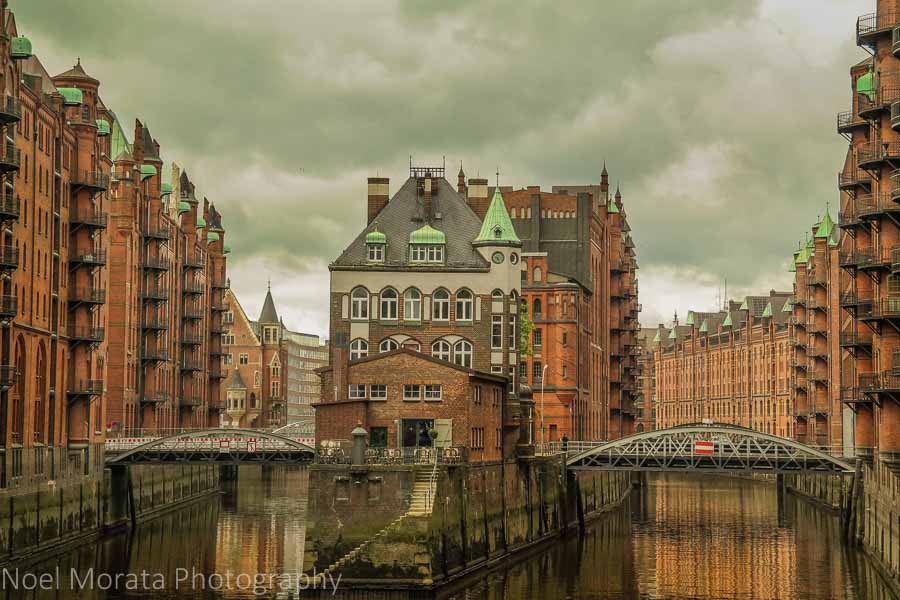
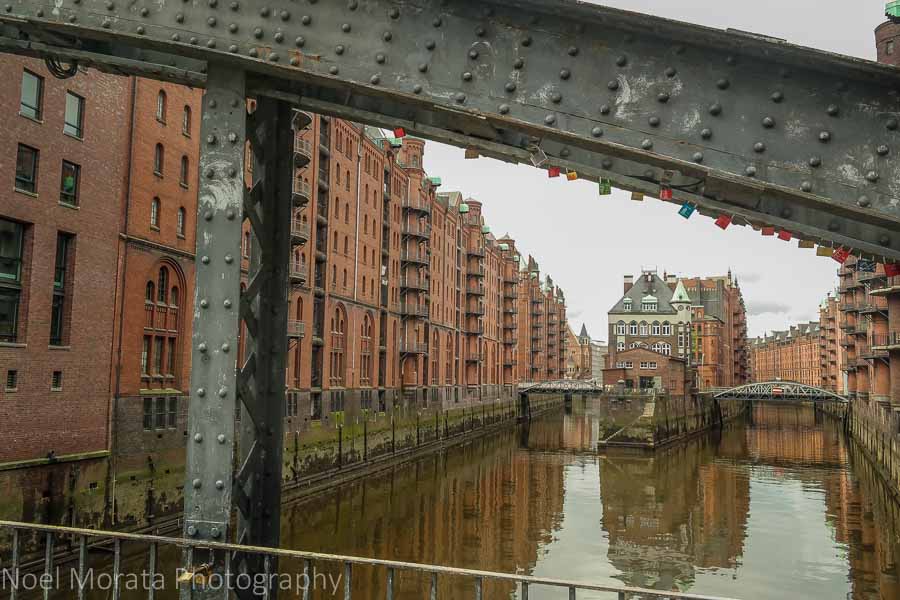
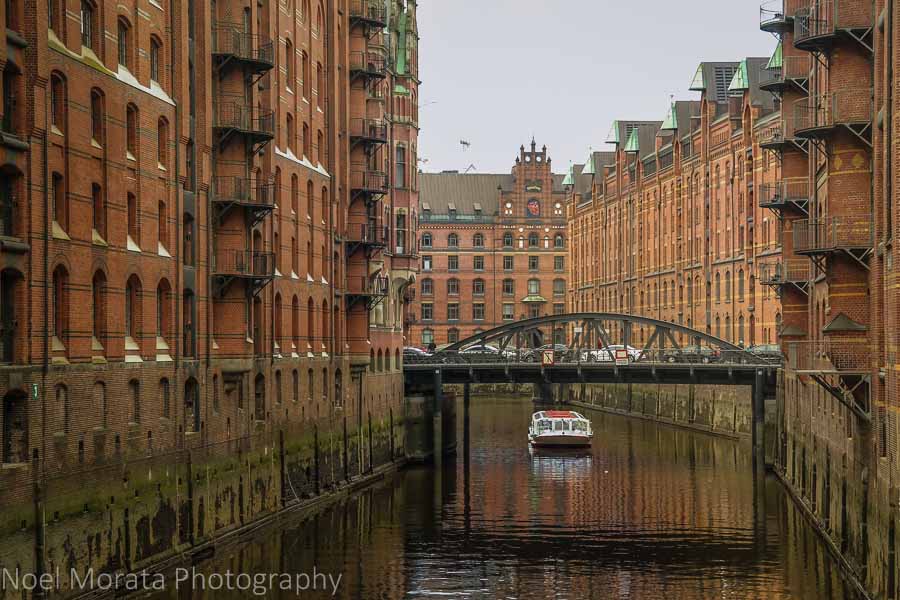

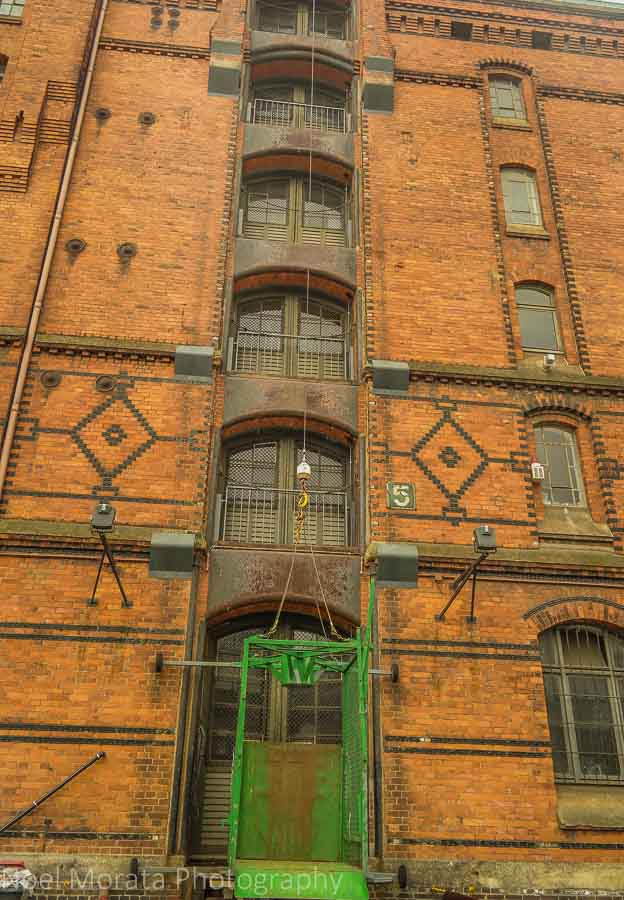
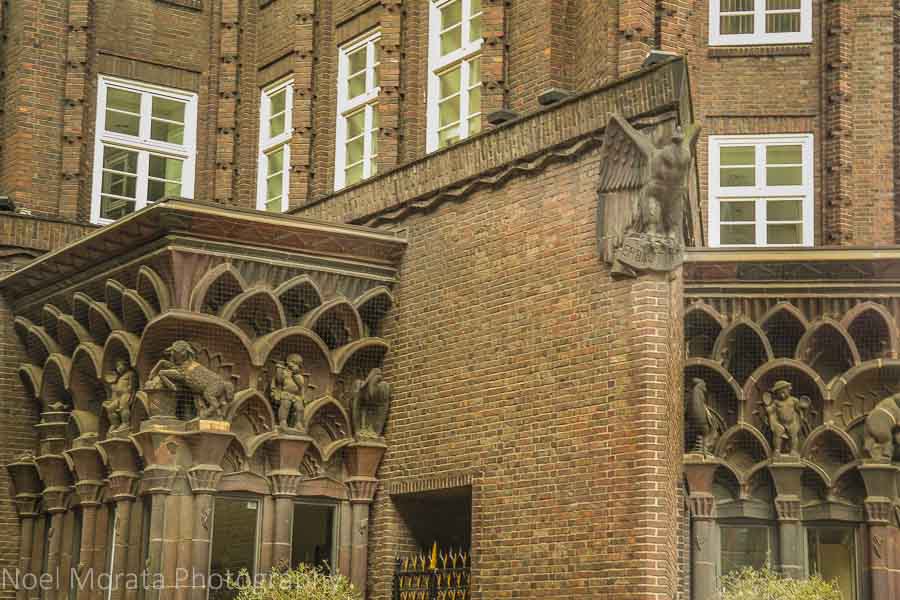
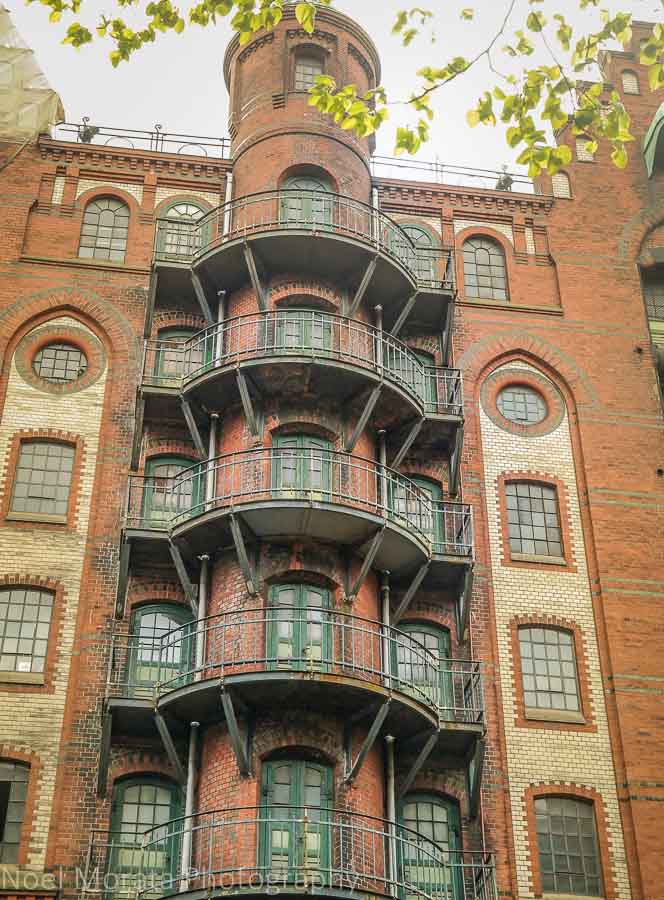
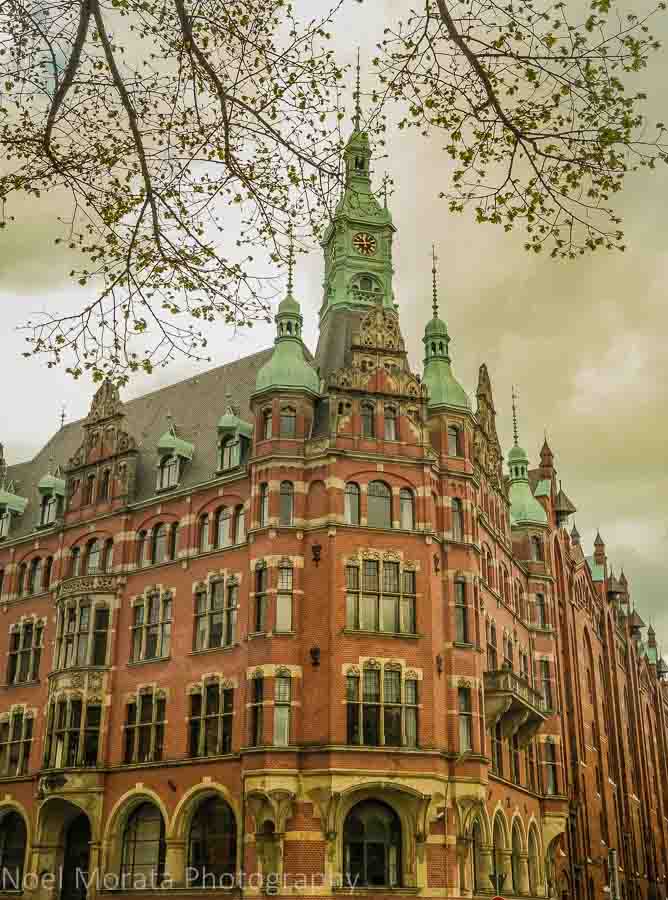
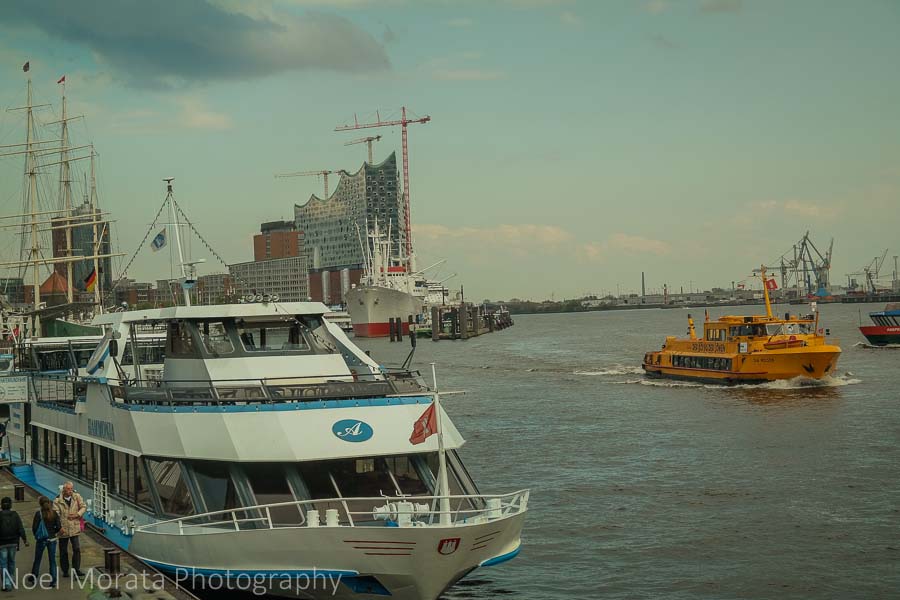
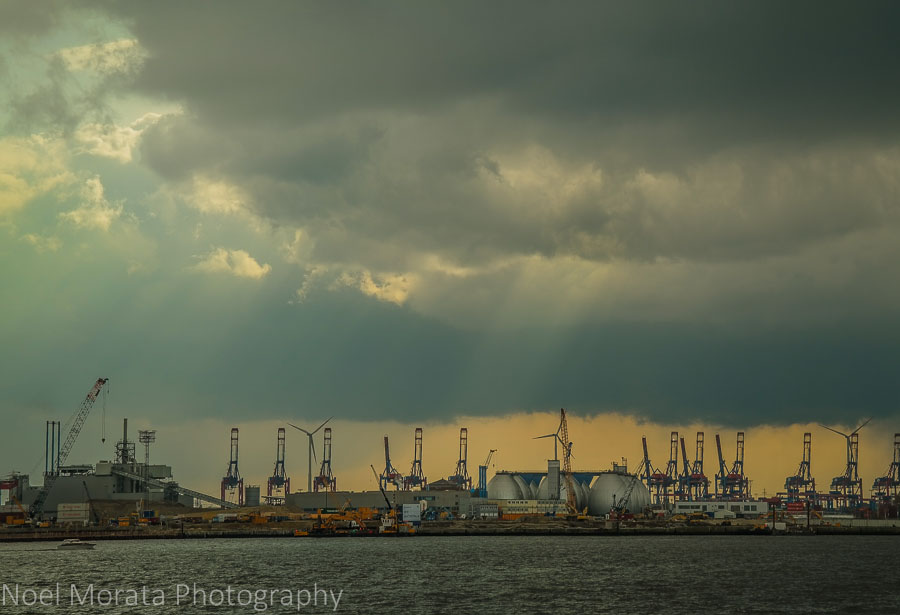

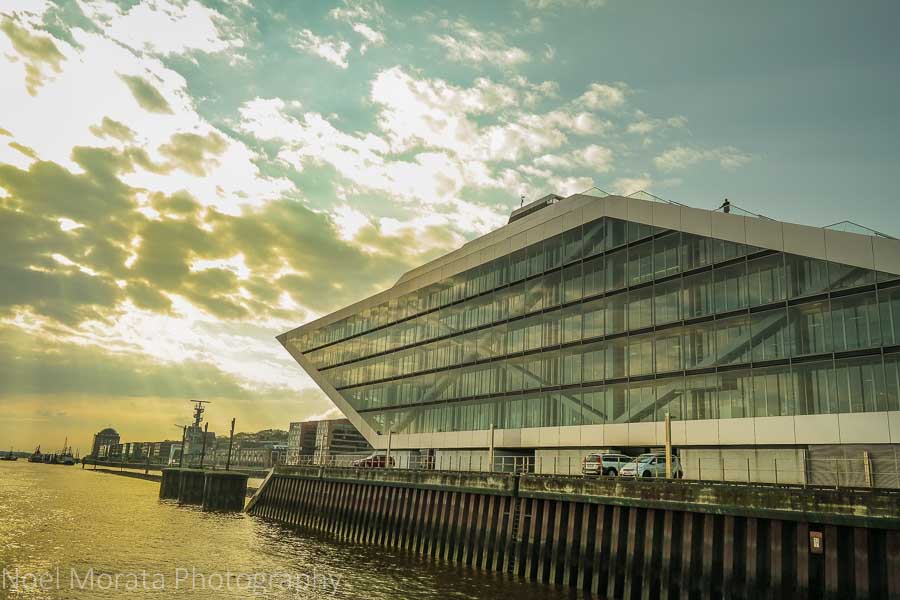
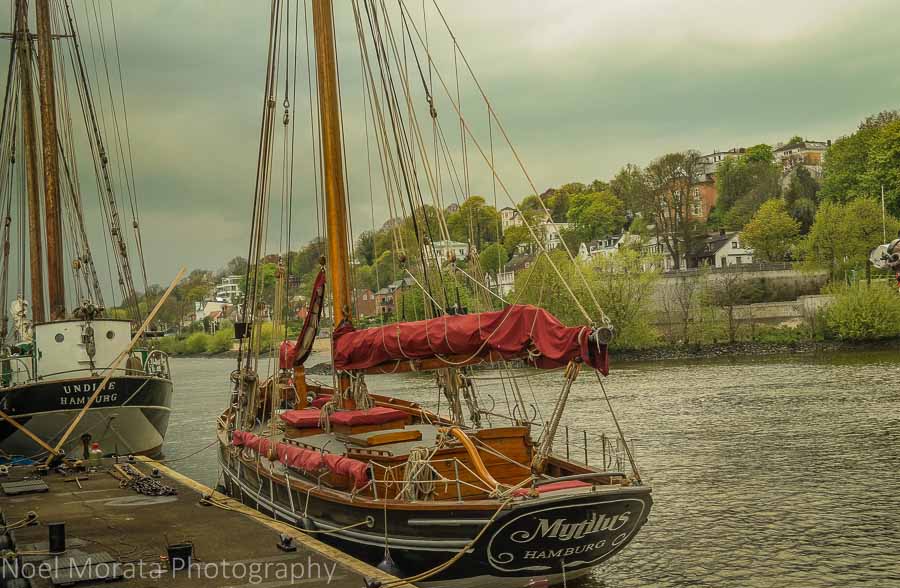
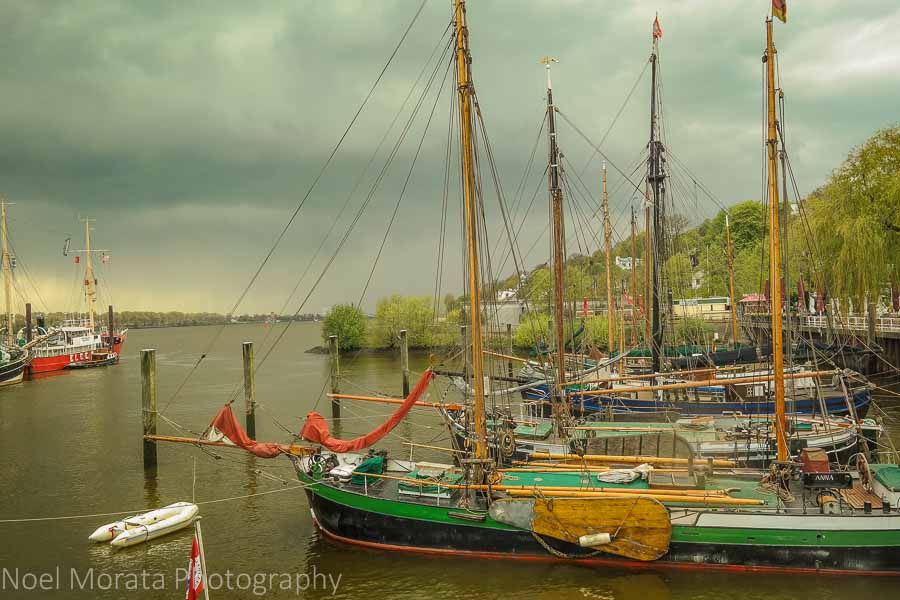
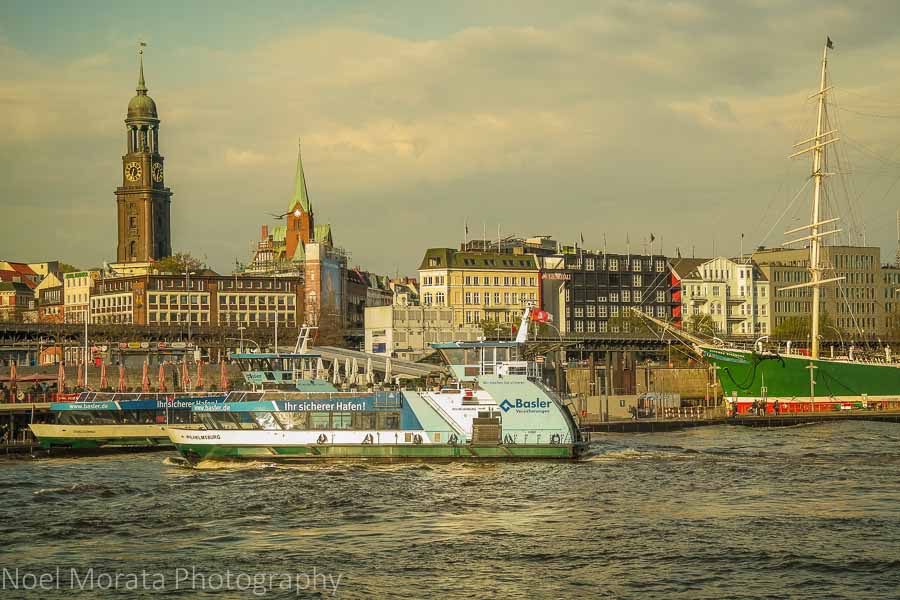
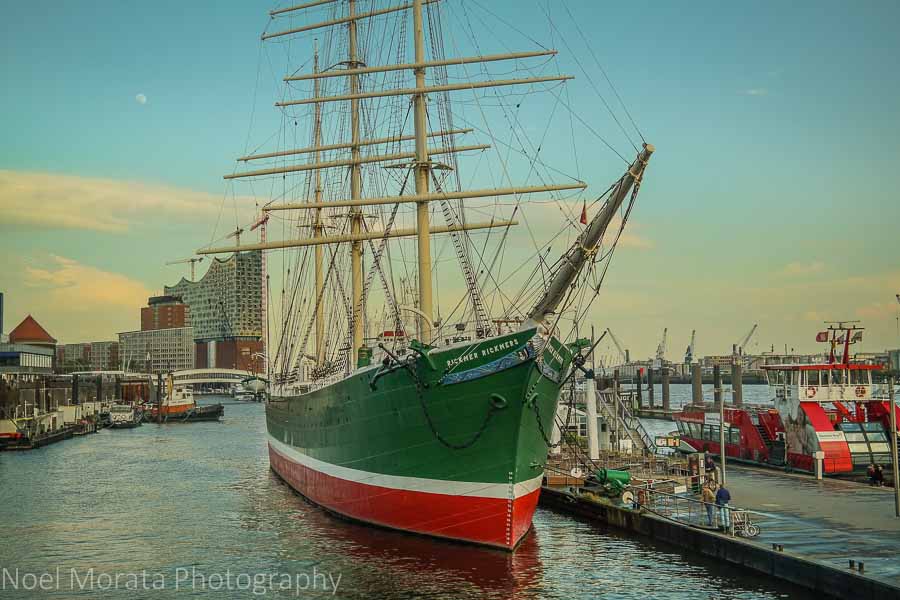

I love seeing your travel pictures. That brickwork was supurb. Thank you.
It’s incredible to see such beautiful details in the architecture of a warehouse district! The area is so intriguing and has a whimsicality about it, I can see why it’s an important part of history and heritage.
I love the warehouse district and the fact that you have a theme going through your photos
This is such a beautiful city, and your warehouse district photos really make me want to visit. The brick work and details you captured are amazing. It’s hard to believe that half the town was destroyed.
The warehouse district looks fascinating. You’ve captured the details of the architecture beautifully and the canal setting really adds a touch of romance. A wonderful reminder of a bygone age.